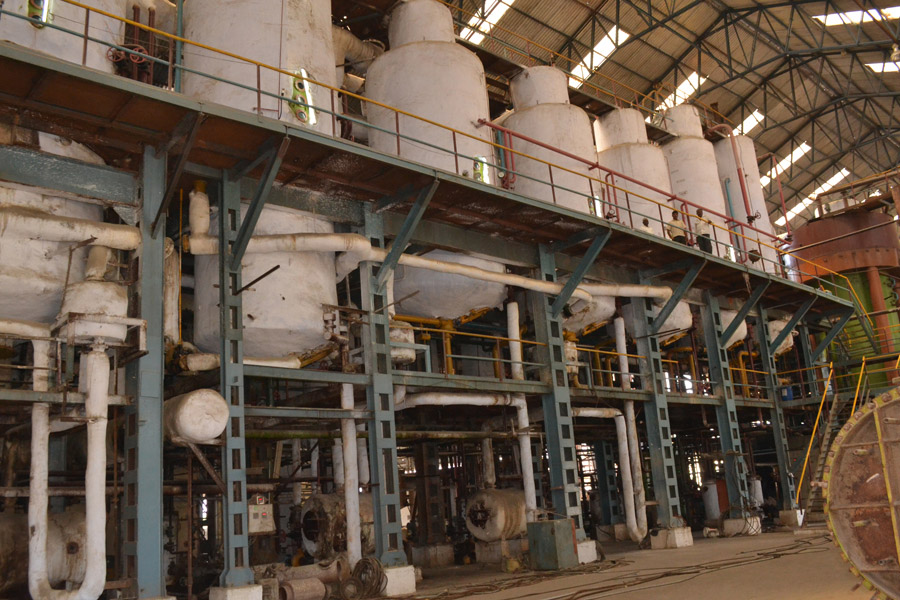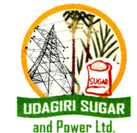Manufacturing

The Effluent Treatment Plant (ETP)
It employs the highly efficient activated sludge process, a biological method widely used for industrial waste treatment. This process involves the conversion of suspended and particulate organic matter present in the raw wastewater into harmless end products and promotes the growth of new microbial cells through anaerobic and aerobic microorganisms.
In the activated sludge process, microorganisms are allowed to coagulate with the organic matter in the wastewater, forming what is known as “FLOCS.” These FLOCKS consist of microorganisms and organic matter that undergo biodegradation.
Within the ETP, the biodegradable organic matter is efficiently consumed by a mass of microorganisms under aerobic conditions. These microorganisms break down the organic pollutants, resulting in the purification of the wastewater. The treated water, after undergoing the activated sludge treatment process, meets the necessary quality standards and can be safely used for land irrigation.
The Anaerobic Digester
It’s a highly efficient system designed for the decomposition of organic waste under anaerobic conditions. This process involves the breakdown of organic matter into various end products, including methane and carbon dioxide, through a series of biochemical reactions.
The decomposition process is facilitated by hydrolytic enzymes and acidogenic bacteria, which break down complex organic compounds into simpler molecules. These molecules are further metabolized by methanogenic bacteria, resulting in the production of methane and carbon dioxide gases.
Through the anaerobic digestion process, the organic waste is efficiently transformed into valuable biogas, primarily composed of methane. This biogas can be harnessed as a renewable energy source, providing an eco-friendly alternative to conventional fossil fuels.
Moreover, the anaerobic digestion process leads to the reduction of organic and pathogenic content in the treated effluent. The resulting effluent becomes less odorous and putrescible, making it safer for disposal or potential reuse.
The Multi Effect Evaporation (MEE) Plant
It plays a crucial role in reducing the initial volume of effluent generated from the primary Anaerobic Digesters. This plant is designed with a system of five multiple effect units, operating on the principles of falling film evaporation.
The multiple effect design of the plant ensures maximum efficiency by utilizing the vapor generated in one stage to heat the subsequent stages, thereby minimizing the energy consumption. This cascading effect enables the concentration of the effluent, leading to a significant reduction in its volume.
The Bio-compost Plant
It’s dedicated to the efficient and sustainable management of organic waste. The composting process takes place within this plant through a carefully orchestrated interaction between organic waste, microorganisms, moisture, and oxygen, all under aerobic conditions.
The resulting end product is a high-quality “ready compost.” This nutrient-rich compost serves as a valuable resource for various types of crops, enhancing soil fertility, improving nutrient content, and promoting healthy plant growth.


